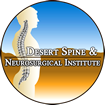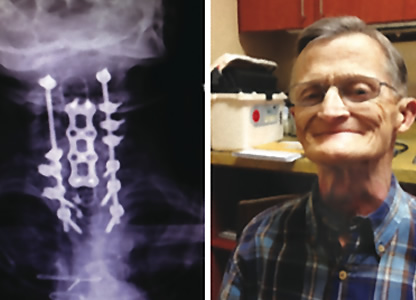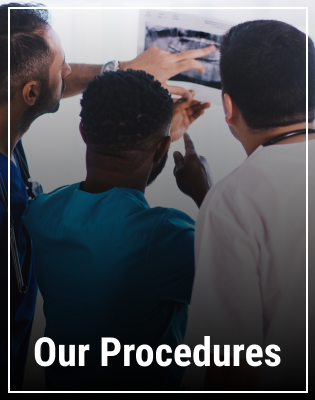Severe oSteoporoSiS had taken a toll on Richard Krueger’s body and life. By age 63, degenerative changes in his cervical spine (neck) resulted in kyphosis, a forward-falling posture of the neck. As a result, he was unable to support his head in its normal position over the shoulders and it came to rest on his chest, a condition called chin-on-chest deformity.
“When your neck can’t hold up your head, it’s like you’re looking on the ground for change all the time,” Krueger says. “I couldn’t have conversations and look people in the eye. I’d have to take my hands to move my head from one position to another because I couldn’t use my neck muscles. It was starting to cause pain in my neck and left arm. And it was humiliating to live like that.
“I don’t let a lot of things bother me, but it was getting worse,” he adds. “I was scared this was the way I’d finish my life.”
Krueger tried for nearly five years to find a solution. More pressing health issues delayed his search, including cardiac bypass surgery, surgery to repair a perforated colon, and surgery to reverse the ostomy that the colon surgery made necessary. He tried physical therapy for his neck. But his condition worsened.
Then he found Shahin Etebar, MD, Board Certified, fellowship-trained Neurosurgeon, who specializes in spinal surgery and serves as Medical Director of Desert Spine and Neurosurgical Institute. He is one of only a handful of neurosurgeons in Southern California who perform spinal osteotomy, the complex type of surgery that Krueger needed.
“Mr. Krueger’s treatment had to be surgical,” Dr. Etebar says. “Mild cases of cervical kyphosis can be helped by physical therapy, but when someone gets to Mr. Krueger’s point, you have to go in and surgically correct his posture.”
Krueger’s surgery was scheduled for November 7, 2013. Three days prior to that, he was admitted to the Intensive Care Unit and put in traction which places a constant, steady pull on the head to slowly help reduce the chin-on-chest deformity.
Surgery itself, a complicated operation done in two stages, took more than eight hours.
“This surgery involves spinal fusion combined with what is called segmental instrumentation,” Dr. Etebar explains. “First, we went in from the front of the spine (anterior), removed four vertebrae to relieve pressure on the spinal cord, and used a bone graft from a cadaver leg to reconstruct it.
In the second stage, we turned the patient over and went in through the back (posterior),” he continues. “We used a titanium rod to hold the spine in proper alignment and prevent the kyphosis from returning.”
“When you look at the X-ray of my neck after surgery, it looks like the Eiffel Tower scaffolding,” Krueger says.
Dr. Etebar remembers when his patient got up and walked the first time after surgery. “He had tears in his eyes,” he recalls. “He said it was the first time in five years he’d seen the end of a hallway.”
But the best outcome for Krueger?
“I’m normal again!” the now-69-year-old says. “Of all the fixes I’ve had in my life, this one is just amazing.” “It makes what I do worthwhile to affect someone’s life in this way,” says Dr. Etebar, “and conditions like this that seem impossible are treatable.”


